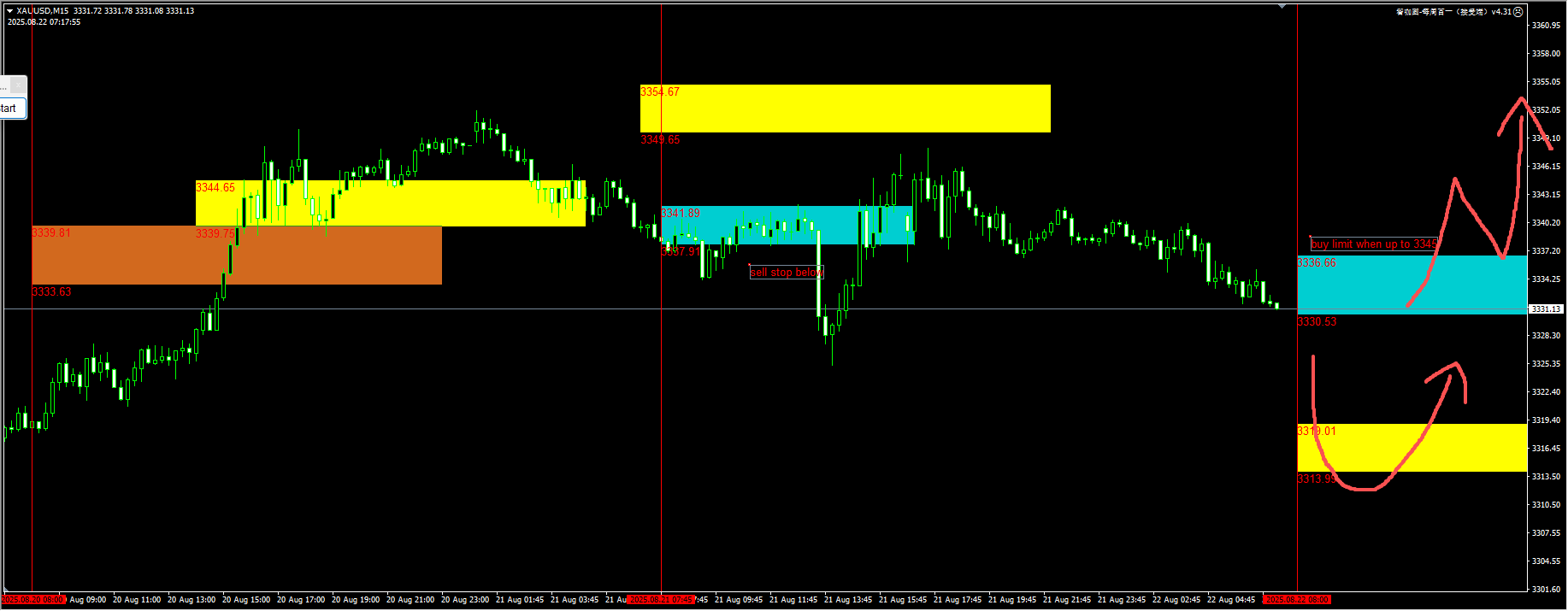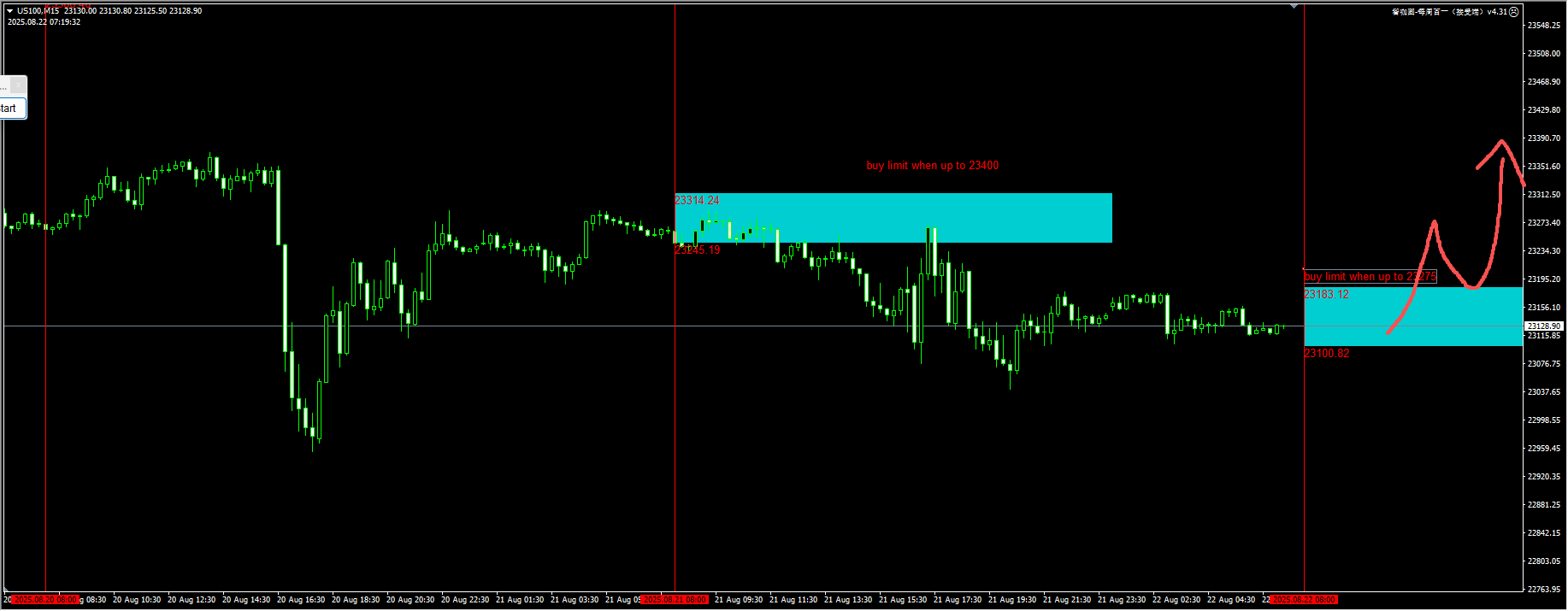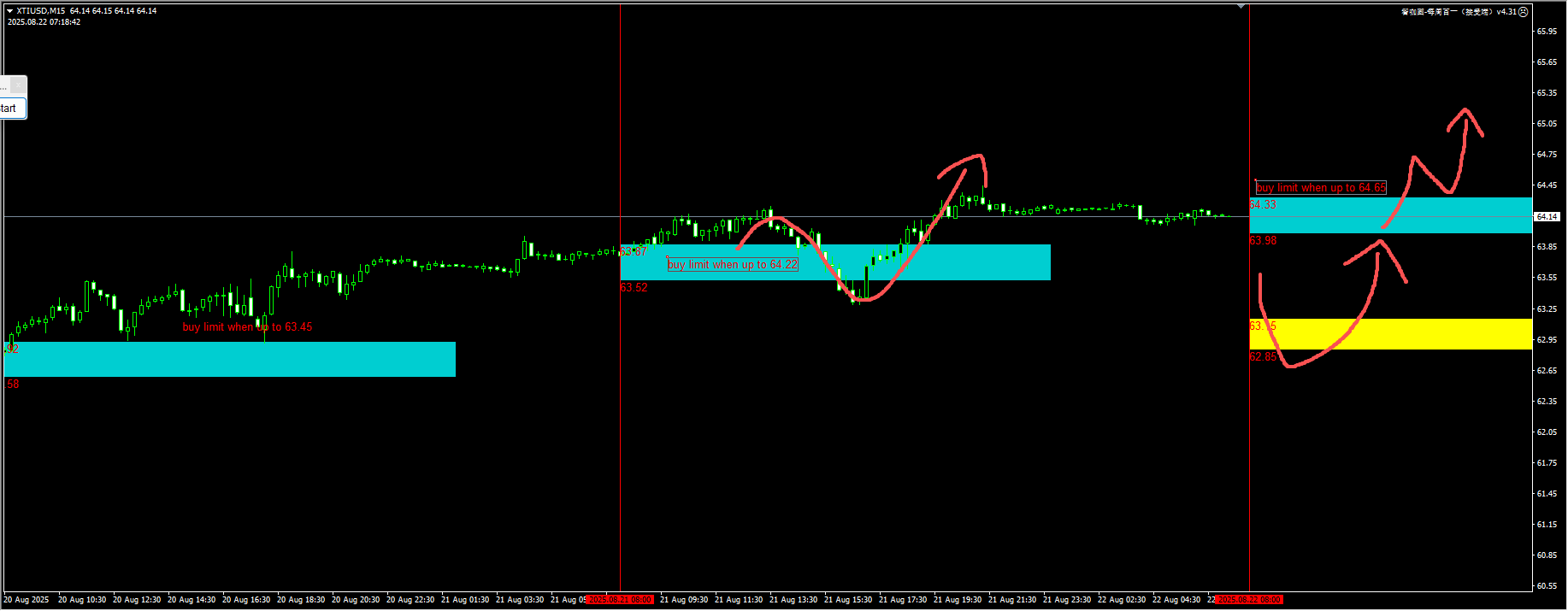In August this year, the volatility in the foreign exchange market broke historical patterns. Instead of the usual seasonal rebound, it dropped to the lowest level in a year.
The summer market remains sluggish, and investors are waiting for the Federal Reserve (FED) to send clearer signals before making large bets in this market with a daily trading volume of up to 7.5 trillion US dollars. Although volatility has been declining for several months since the tariff shock in April disrupted global trade, typically, traders would now start preparing for any potential risk events that may occur before the end of the year.
This usually means that the market will experience explosive fluctuations in August, and the light trading volume during the holiday period will exacerbate market volatility. However, the indicators measuring the expected fluctuations of major global currencies in the coming months have dropped significantly, prompting strategists to assess how long this calm state might last.
Adarsh Sinha and Janice Xue, strategists at Bank of America, wrote in a report: “Despite the market being in the summer, low foreign exchange volatility in August is not the norm.” They expect volatility to rise in September when there is a heavy flow of US data and doubts about the credibility of the Fed’s policy could shake global markets.
There are many factors behind the sharp drop in volatility. First, it is falling from the two-year high it hit during the tariff storm in April. Traders who have been profiting from shorting the dollar since then are reluctant to change direction in thin liquidity and risk losing their gains.
Secondly, the traditional market correlations have collapsed, especially in the use of the US dollar as a safe-haven asset, which has made investors more cautious. Finally, US President Donald Trump’s criticism of economic data and Federal Reserve Chair Jerome Powell has raised doubts about the reliability and prospects of statistics and policies.
So far, there are few signs of a market recovery. Data from the Depository Trust & Clearing Corporation (DTC) shows that overall demand for options has declined, with trading volume dropping to its lowest level since the July 4th holiday in the United States.
This scene was also played out in other asset classes. US Treasury bonds traded in a narrow range, stock market volatility was limited, and stock indices on both sides of the Atlantic continued to steadily move towards record highs.
Roberto Cobo Garcia, head of G-10 currency strategy at BBVA SA, said: “Low trading volumes, market complacency about the geopolitical backdrop and the cycle, reduced positioning, and seasonal factors have helped to suppress volatility in major foreign exchange currencies. A macroeconomic surprise and a shift in monetary policy expectations are needed to break the summer doldrums.”
Traders will be closely watching the upcoming global central bank governors’ meeting in Jackson Hole for clues on the economic outlook, especially Powell’s speech on Friday. A series of key US economic data will be released in September, and the next Federal Reserve meeting will be held. Traders expect the Fed to cut interest rates for the first time this year.
Technical analysis:
The WeChat functions may be restricted from time to time. If you want to experience the plugin, please leave your contact information when adding a friend so that we can add you back easily!
Gold: Yesterday, the short sell effect when the blue area was broken through as alerted by the plugin was very significant. However, the upward liquidity didn’t reach 3350 before the price started to fall. For today’s trading, we will set a yellow area to catch the low liquidity in response to Powell’s speech; at the same time, we will also set a blue area for a potential breakout in case Powell makes a dovish statement. For the exact positions, please consult the plugin.

The plugin is updated from 12:00 to 13:00 every trading day. If you want to experience the same plugin as shown in the picture, please contact V: Hana-fgfg and leave your contact information in the note for us to get back to you.
The intraday bull-bear line for the Nasdaq index remains around 23,000/23,100. If it breaks through successfully, a signal for a momentum pullback buy can be participated in intraday. For detailed positions, please consult the plugin.

(NASDAQ 15-minute chart)
The plugin is updated from 12:00 to 13:00 every trading day. If you want to experience the same plugin as shown in the chart, please contact V: Hana-fgfg and leave your contact information in the note for us to get back to you.
Crude oil: Yesterday’s pullback in the blue zone produced some spikes, but the overall direction of the trend was correct. Today, we will simultaneously monitor the opportunity for a low-sweep in the yellow zone and the chance of a new momentum breakthrough and pullback confirmation in the blue zone. For detailed positions, please consult the plugin.

(Crude Oil 15-Minute Chart)
The plugin is updated from 12:00 to 13:00 every trading day. If you want to experience the same plugin as shown in the picture, please contact V: Hana-fgfg and leave your contact information in the message for us to reply.
Key economic data and events to focus on today:
At 22:00, US Federal Reserve Chair Powell delivered a speech at the Jackson Hole Global Central Bank Symposium.
